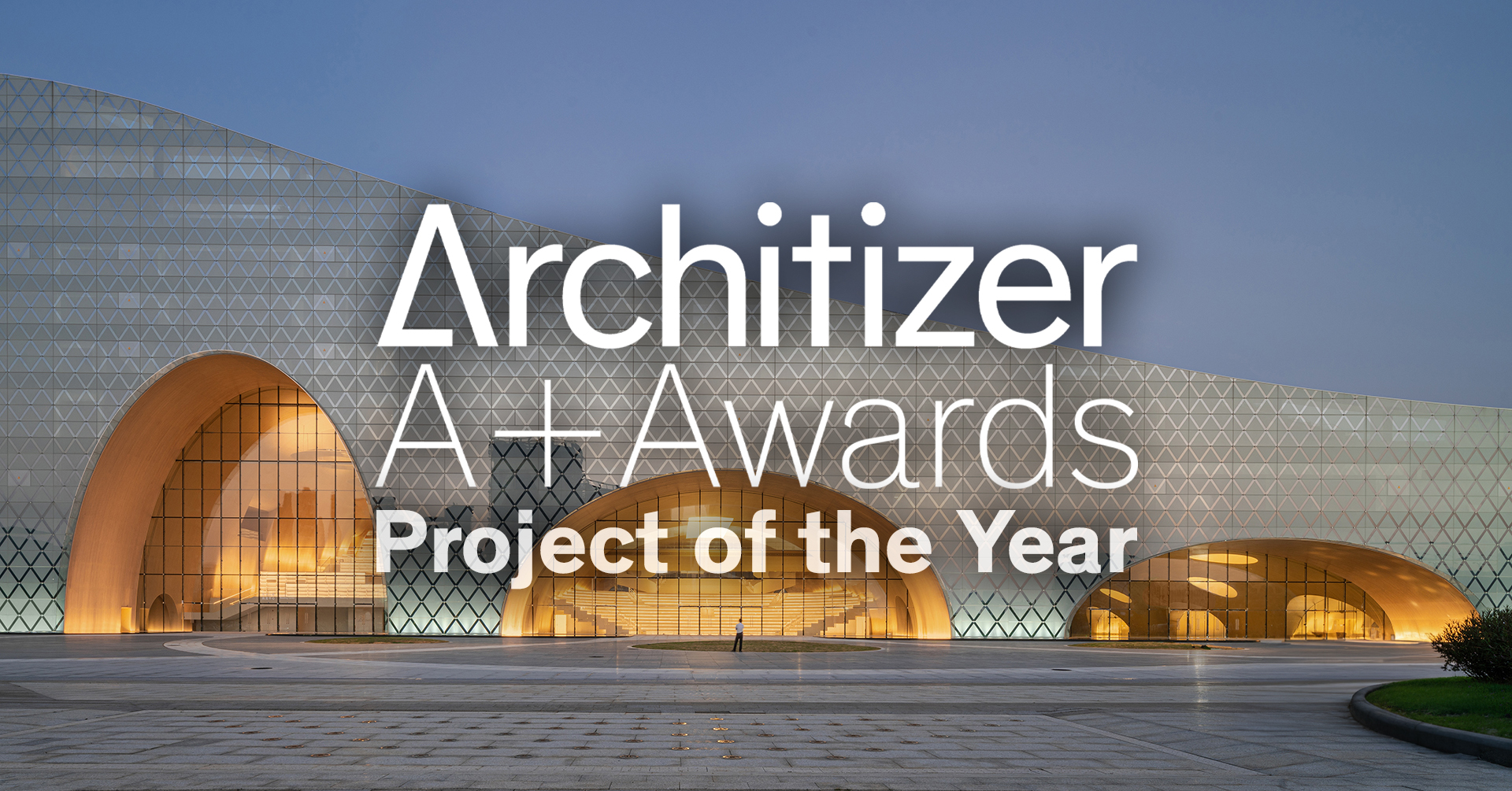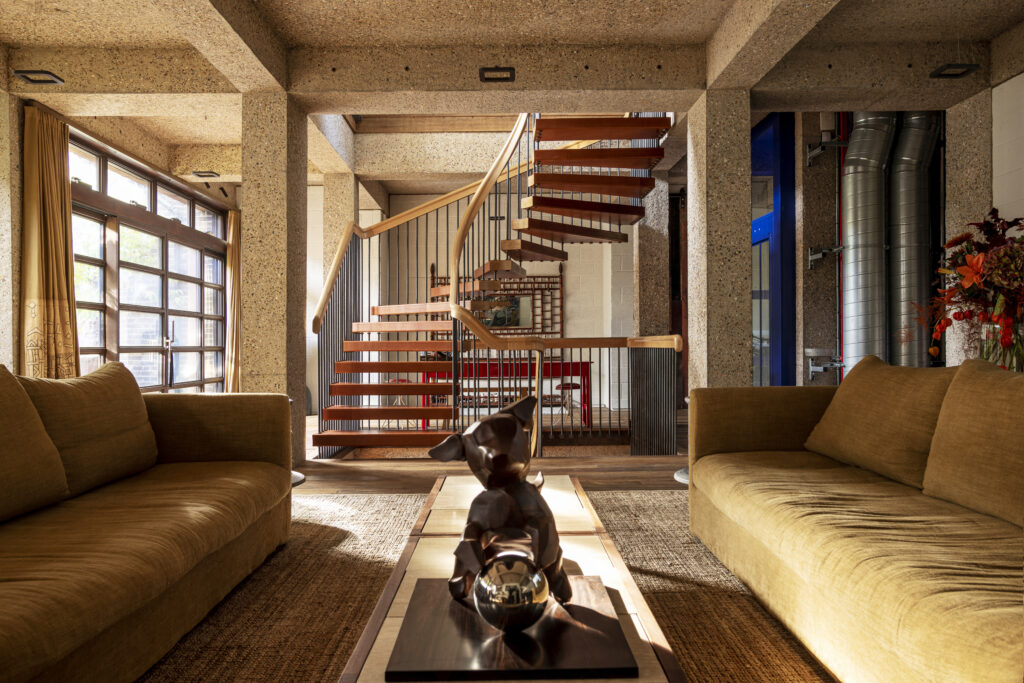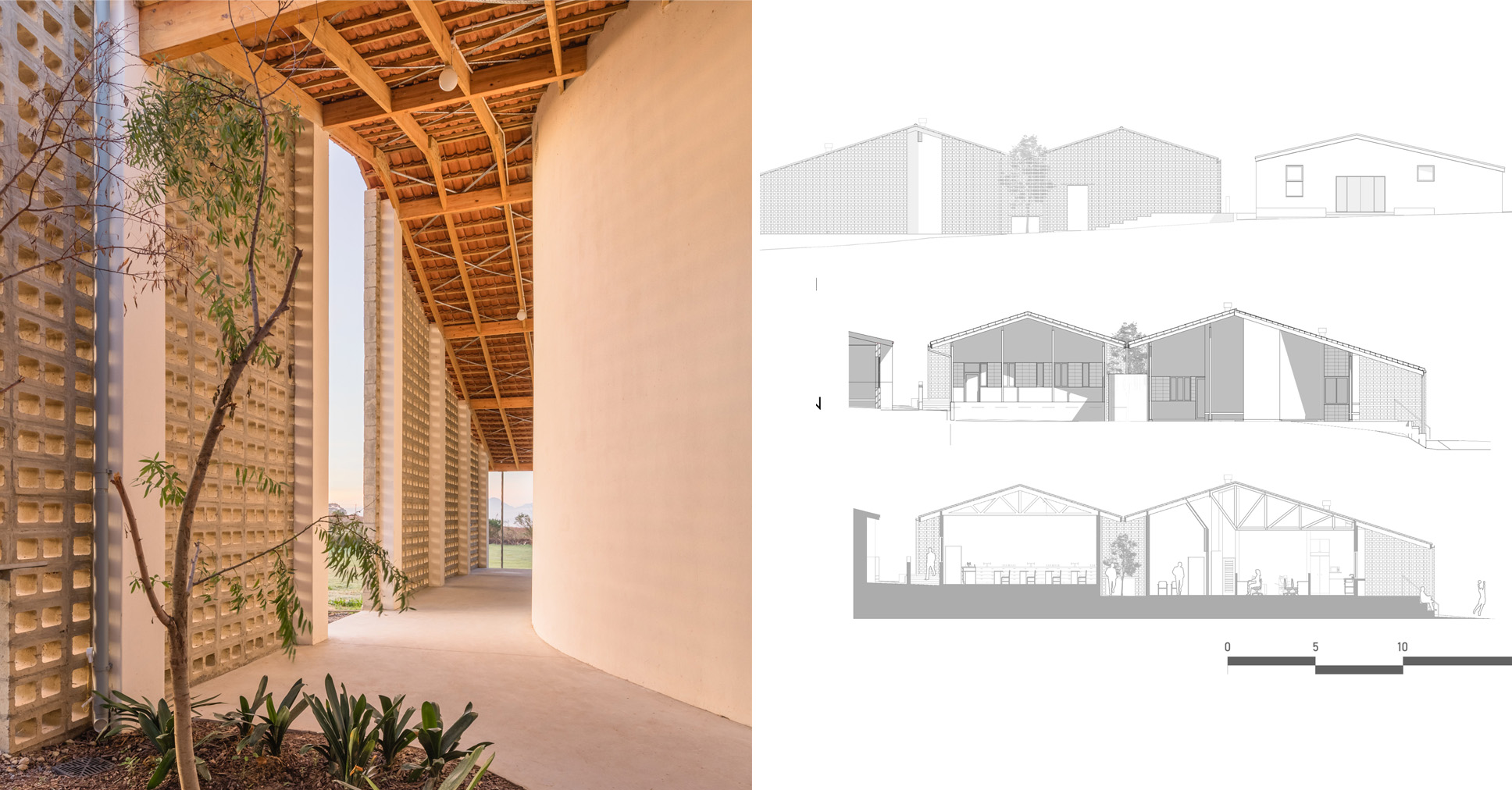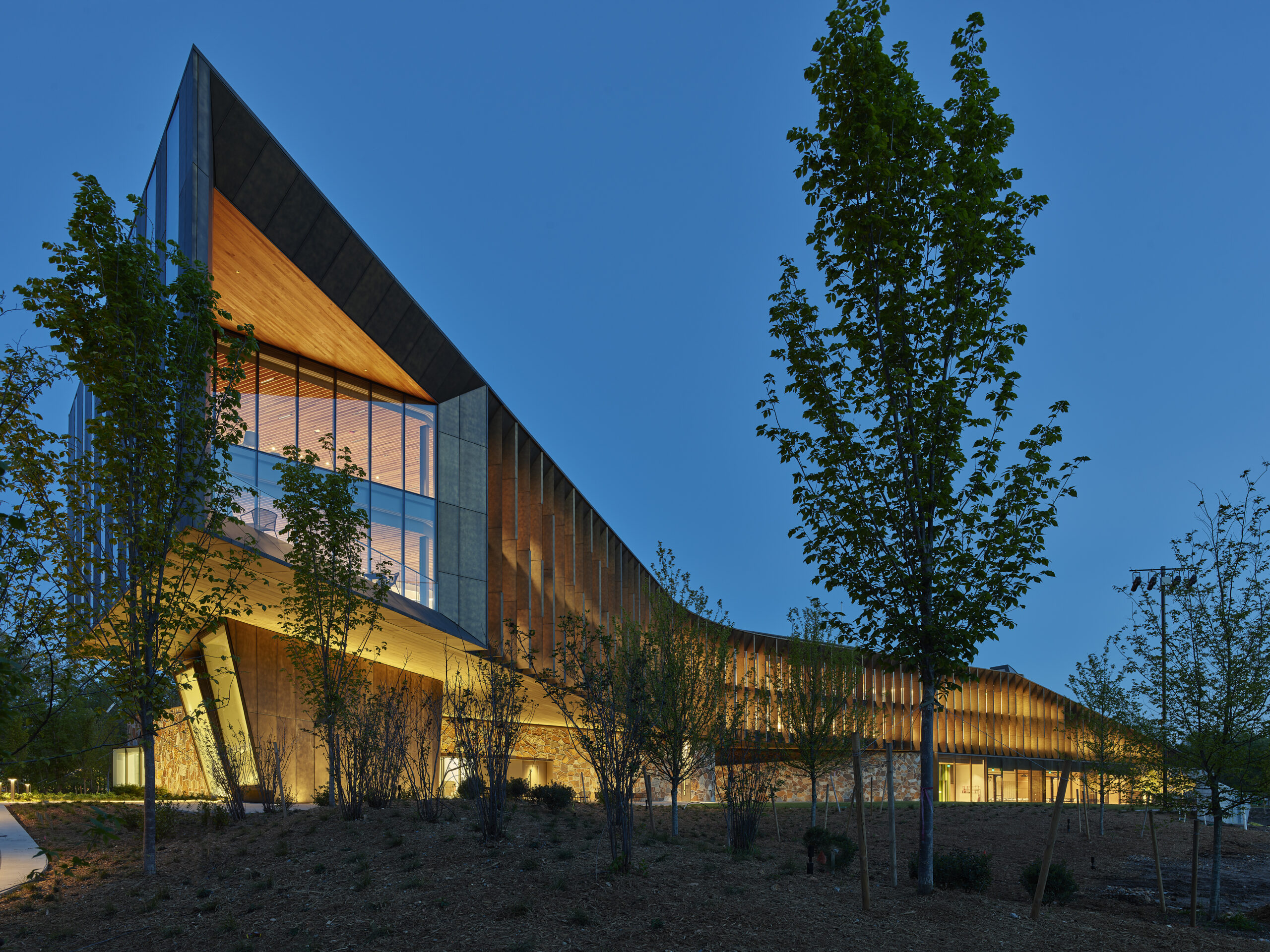The Urgency of AI in Architecture: Lessons from the Frontline
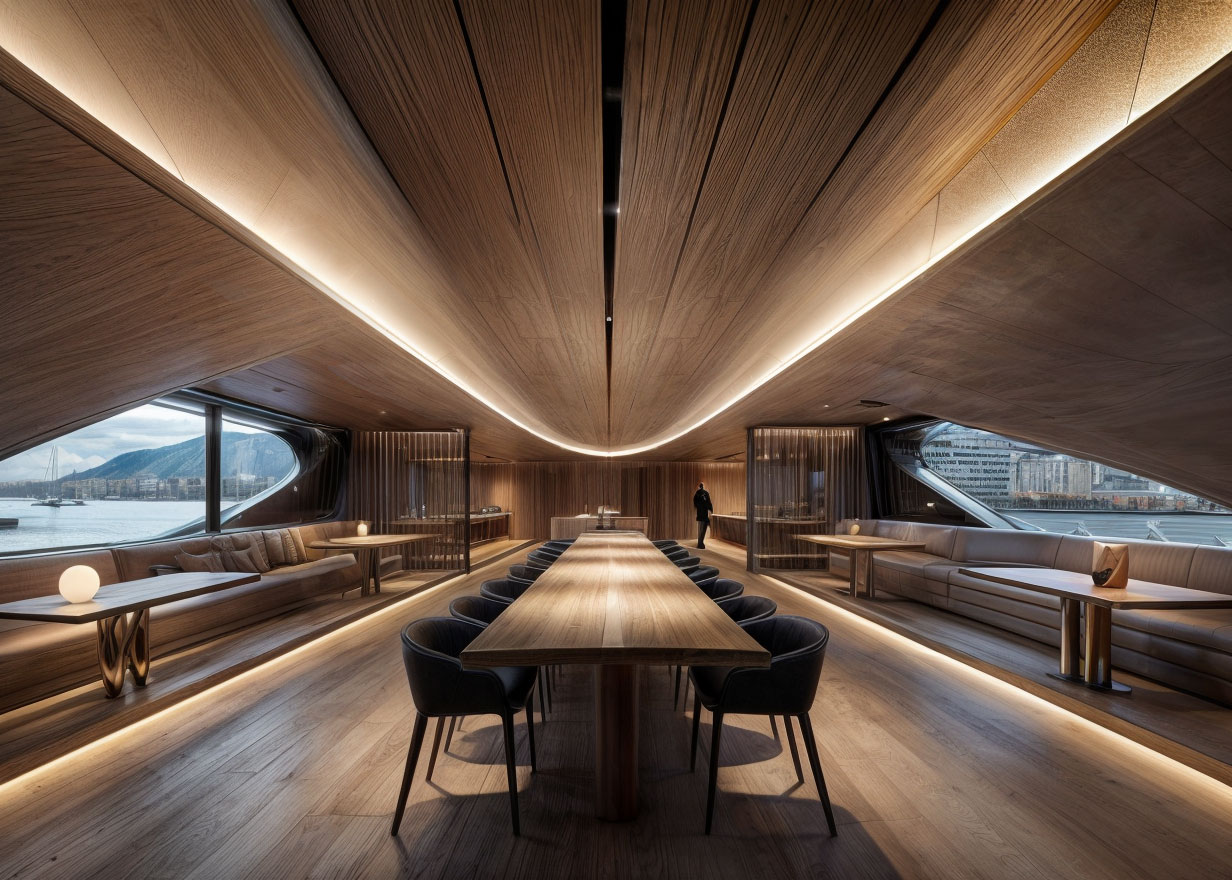
Tim Fu is a speaker at RELEASE [AEC] — the first tech event designed to help professionals stay on the cutting edge of innovation and master the tools of the future. As technology, digital solutions and artificial intelligence continue to reshape the AEC sector, a unique event like RELEASE [AEC] is more essential than ever. The inaugural edition will be held in Paris on November 17, 2025. The event is 100% free for AEC practitioners: register today!
The field of architecture is at a turning point. The AEC sector is still infamously slow to adapt, despite the rapid advancement of artificial intelligence. Those who are reluctant or apprehensive about AI risk falling behind both creatively and technologically. My past experiences at Zaha Hadid Architects have taught me to embrace technology as an enabler of new design possibilities. Today, as I lead my own practice, which fully integrates AI into our processes, we have witnessed how this has opened up new possibilities, both for us as design leaders and for the growth of our practice.
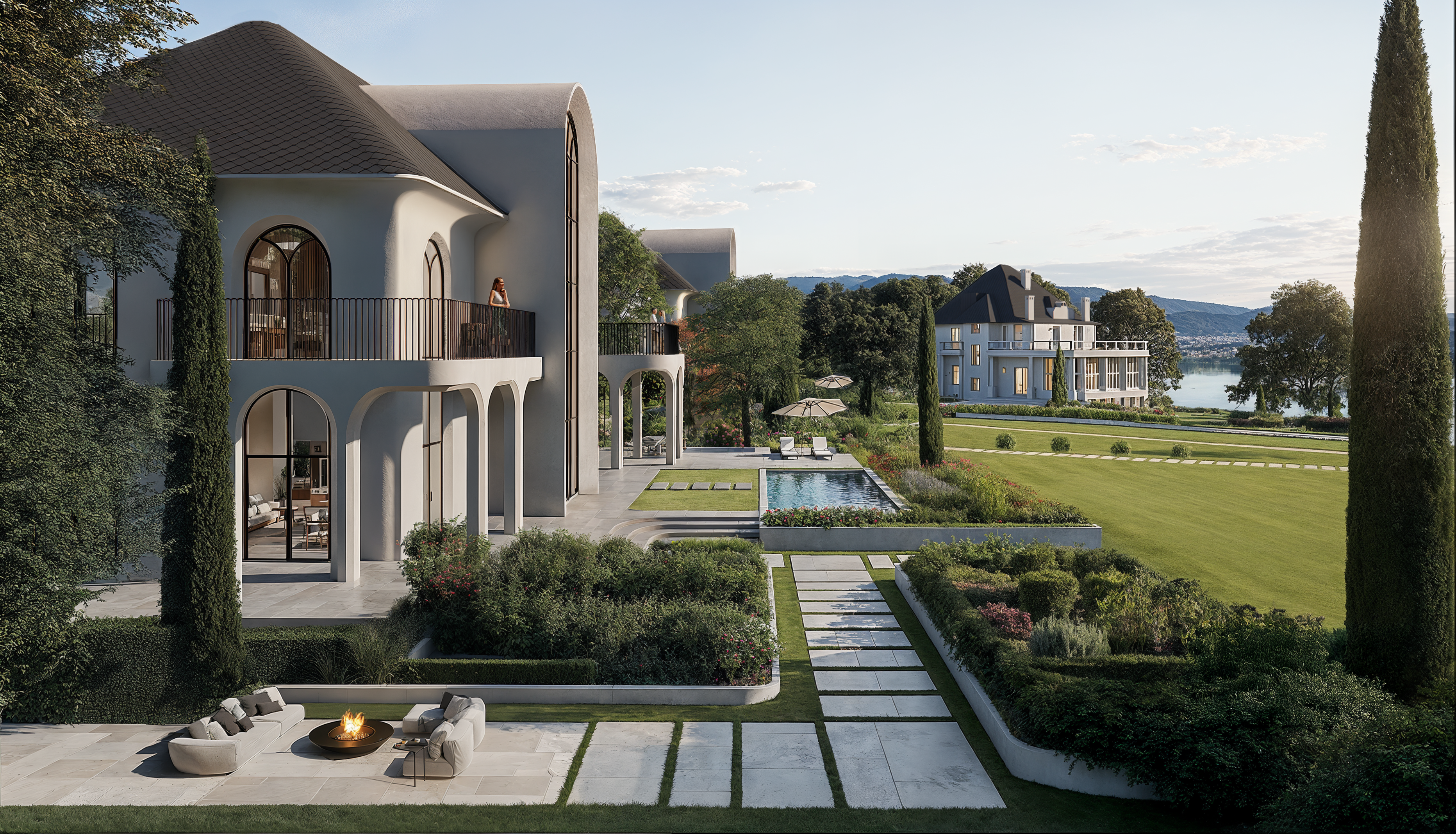
Lake Bled Estate courtesy of Studio Tim Fu
When the client for Lake Bled Estate approached us, they had already gone through several concept design rounds with various firms, including globally recognized names we cannot disclose. None had delivered the compelling vision the client was seeking. We adopted a different approach when we joined the project at that critical juncture. From the outset, we utilized AI as a primary catalyst for ideation and conversation, rather than as a stylistic tool. Design conversations became rapid, iterative and highly visual. Initially disillusioned, the client soon regained interest. The process gave them a variety of ideas they hadn’t seen before and made it possible for us to quickly and clearly target their preferences.
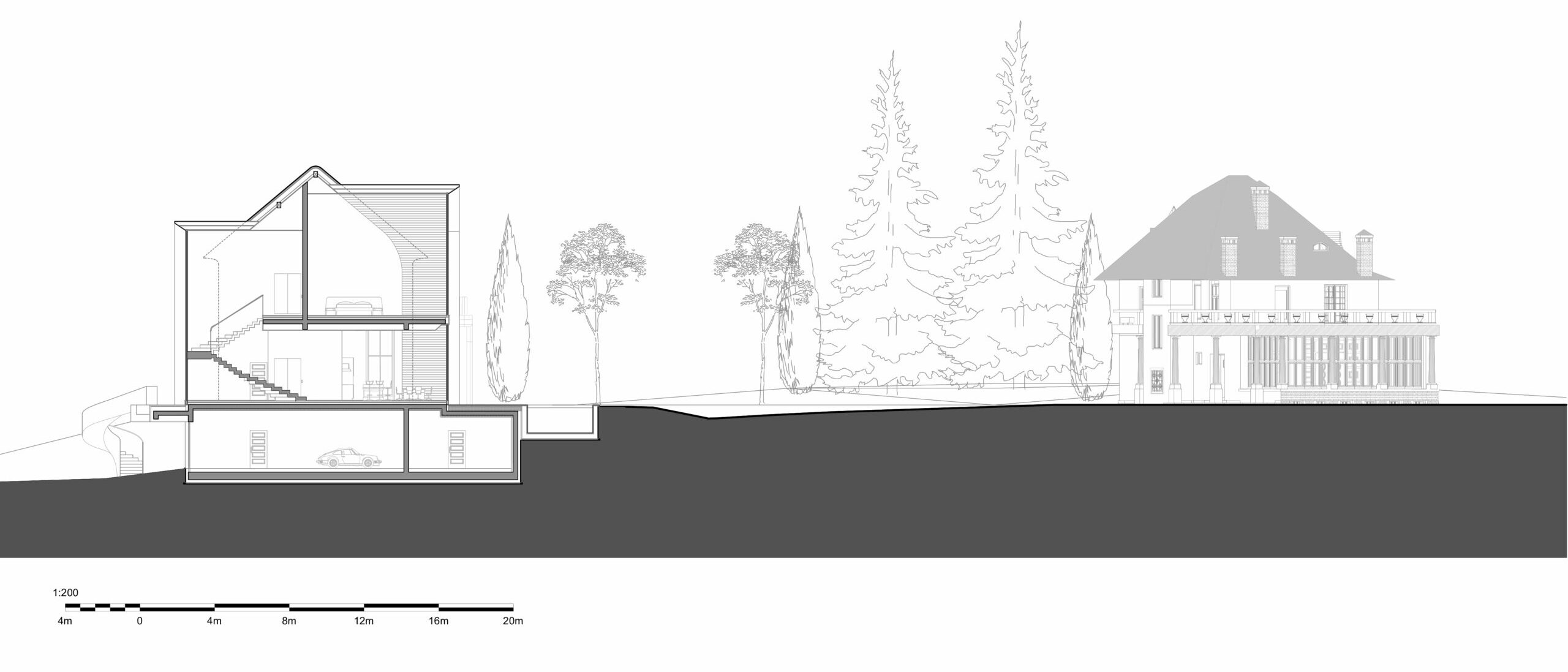
Lake Bled Estate courtesy of Studio Tim Fu
Of course, there were also frictions. The local architectural partner frequently questioned the accuracy of our early AI-generated sketches, failing to recognize that they were intended as fast ideation tools, not finished proposals. This skepticism was short-lived. The client asked us to take the lead through the concept phase. Within two months, we delivered a comprehensive design package for six villas, including photorealistic renderings and developed interiors, which were produced rapidly and far exceeded the typical scope of concept design. At the final presentation, even the local architect congratulated us, acknowledging that although the process was not fully understood, quality results were delivered.
Far from an exception, our unique AI workflow became a standard in our practice. We are applying the same AI-integrated methodologies in several projects in the Middle East and Europe. The tools may vary, but the outcomes are consistent: faster turnaround, more precise client alignment, and radically elevated ambition. AI has enabled our small team to successfully compete directly against much larger firms. Instead of increasing production labour, intelligent systems can enhance human creativity.

Lake Bled Estate courtesy of Studio Tim Fu
What surprises many is that the more we integrate AI, the more talent matters. When production becomes automated, what’s left is direction. Taste. Judgment. Vision. We have restructured our practice to reflect this. Instead of growing a production-heavy office, we focused on building a think tank of raw human talent. Our hiring process is conducted through global AI design competitions and live hackathons, which enable us to observe designers working in real-time with these emerging tools. Portfolios and resumes no longer suffice; they fail to reveal how well a designer can adapt to new tools.
This ethos extends to our dedicated research team, STF Labs, where we explore the overlap of AI with other technologies and its broader potential across the AEC industry. We constantly experiment, not only with AI’s generative design abilities, but also with computational optimization, new materials, and speculative construction techniques. We believe architecture must enter a more experimental era. One where innovation is not the exception, but a standard. STF Labs provides us with a framework for this exploration, enabling us to inform both practice and pedagogy.

Image courtesy of Studio Tim Fu
AI is not just a new tool; it is a force reorganizing the architecture profession from the inside out. We now generate all our CGI and animations in-house, matching or exceeding the quality of specialist studios in both speed and quality. This wasn’t a goal to replace visualizers, but an inevitability driven by AI’s capabilities. We are not watching jobs disappear; we are watching roles shift to those who can effectively integrate these tools. It is not AI that replaces people, but people who use AI that replace those who don’t.
What AI, especially LLMs, is beginning to do now is interpret spatial briefs and conduct design research, as well as synthesize program, form and performance. The intelligence of these systems is growing at an alarming rate. Their capacity to support, extend and even challenge human thinking will define the next decade of architectural practice.
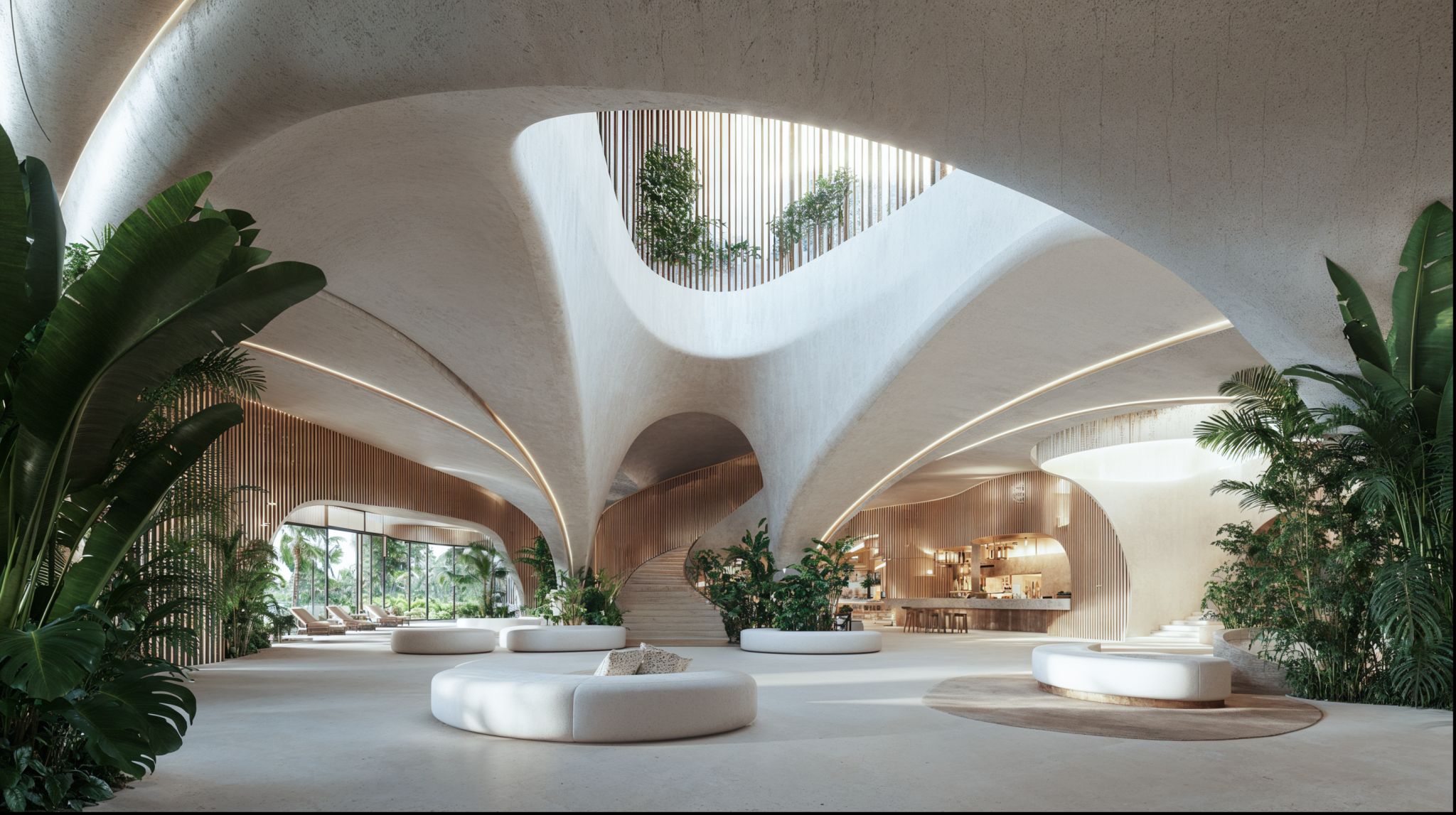
Image courtesy of Studio Tim Fu
We are at a turning point. This is not a moment to be cautious; it is a moment to lead. Those willing to rethink their workflows, retrain their teams, and rebuild their models of practice will not only survive but define what comes next. The future of architecture will not be determined by scale, pedigree, or tradition. It will be defined by agility, experimentation, and a deep understanding of how to wield intelligence, both human and artificial.
We firmly believe that now is the time to experiment, to build, and to rethink what it means to design. Many in the profession have yet to realize it, but architecture is already being rewritten. Those who learn the new language will shape its next chapter.
Tim Fu is a speaker at RELEASE [AEC] — the first tech event designed to help professionals stay on the cutting edge of innovation and master the tools of the future. As technology, digital solutions and artificial intelligence continue to reshape the AEC sector, a unique event like RELEASE [AEC] is more essential than ever. The inaugural edition will be held in Paris on November 17, 2025. The event is 100% free for AEC practitioners: register today!
The post The Urgency of AI in Architecture: Lessons from the Frontline appeared first on Journal.




















